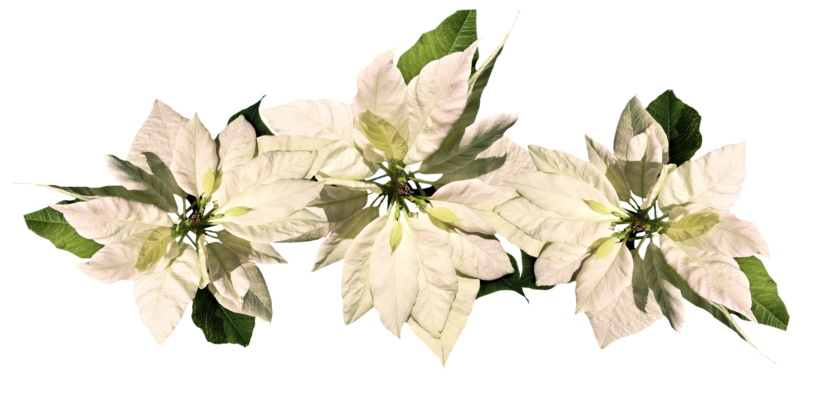
The woman who became “Madame Marie Curie” was named Maria Sklodowska at birth. She was nicknamed Manya”. She was born on November 7, 1867, in Warsaw. Manya graduated from high school at 15 with the highest honors. Shortly before she turned 24, she calculated she had saved up just enough money for university studies in Paris. She had looked forward to this moment for a long time. All the same, she took leave of her family and their beloved Poland with sadness. Maria Sklodowska left behind not only her father and country but her very name. She registered at the famous Sorbonne university as Marie, the French form of Maria.
In the spring of 1894, Marie met Pierre Curie. Pierre convinced Marie to pursue her science studies in France and she never returned to Poland. Pierre and Marie married in July 1895. Marie gave birth to their first daughter, Irène, in September 1897.
Around 1895, Marie Curie began her life’s work of studying uranium and x-rays. It was during this time that Marie discovered another radioactive element. After working for a long time, she and Pierre succeeded in finding not one but two new elements! In July 1898, they published a paper revealing their first discovery. They honored Marie’s native land by naming the element “polonium.” That December they announced the second new element, which they named “radium” from the Latin word for ray. In 1903 she completed her doctoral thesis, becoming the first woman to receive a doctorate in France. The Nobel Prize for Physics was awarded to Pierre and Marie Curie in 1903. On April 19, 1906, Pierre was on his way to a library when he slipped on the wet street and fell in front of a heavy horse-drawn wagon. It ran over his head, killing him instantly. After Pierre’s death, the Sorbonne agreed to make Marie its first woman professor, taking up Pierre’s position
To establish a scientific institution worthy of Pierre’s memory she persuaded the French government and the private Pasteur Foundation to fund a Radium Institute. Marie Curie became the first person to win a second Nobel Prize. She traveled to Sweden to accept the 1911 Nobel Prize for Chemistry for her discovery of radium and polonium.
During WWI, Curie talked wealthy people into donating their cars, and assembled a fleet of 20 mobile X-ray stations as well as 200 stationary stations. These were called “petite Curies”.
On July 4, 1934, Marie Curie died of aplastic anemia, a blood disease that often results from getting too much radiation. She was buried next to Pierre.



